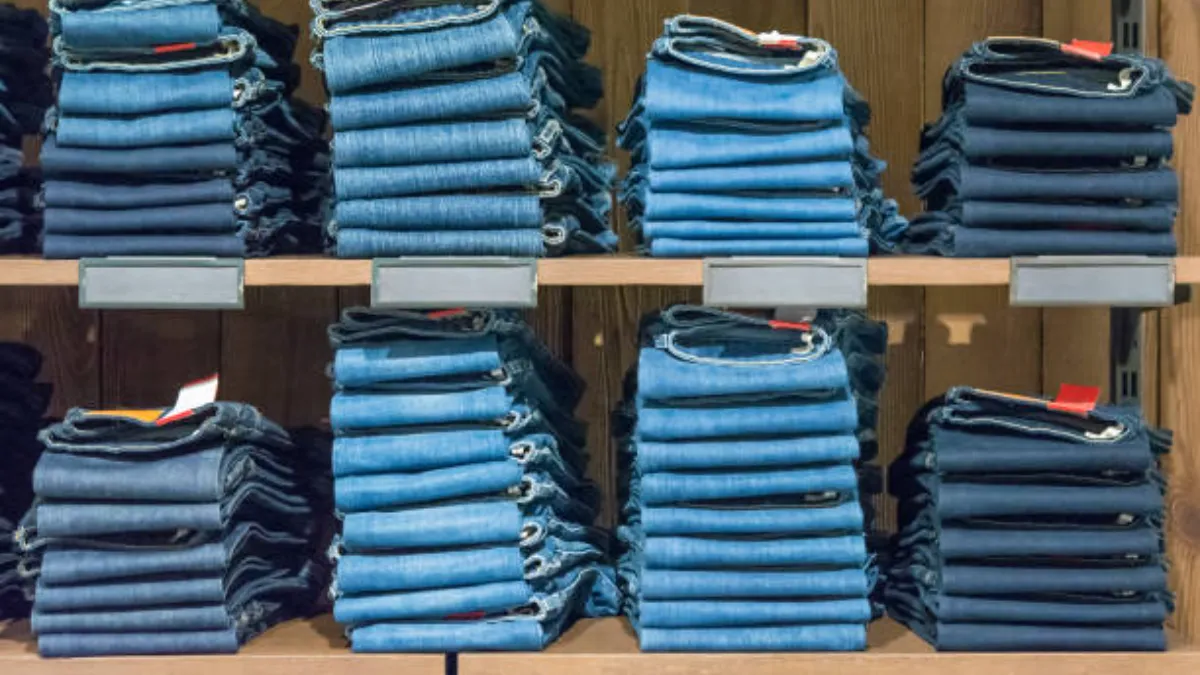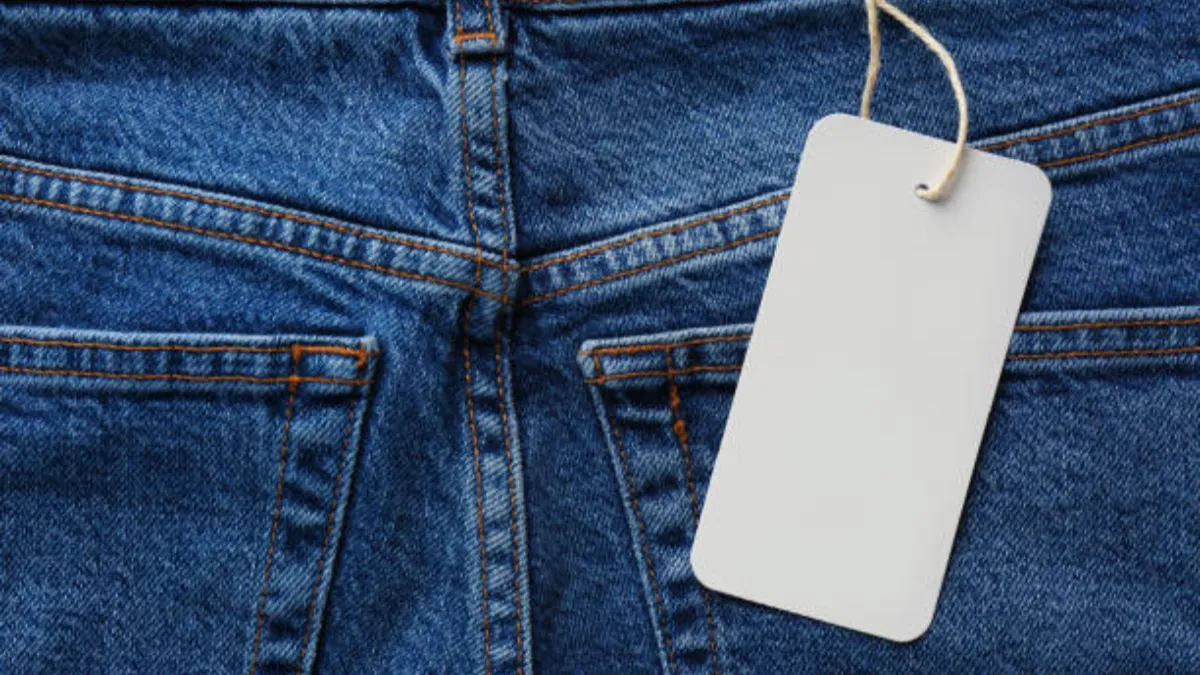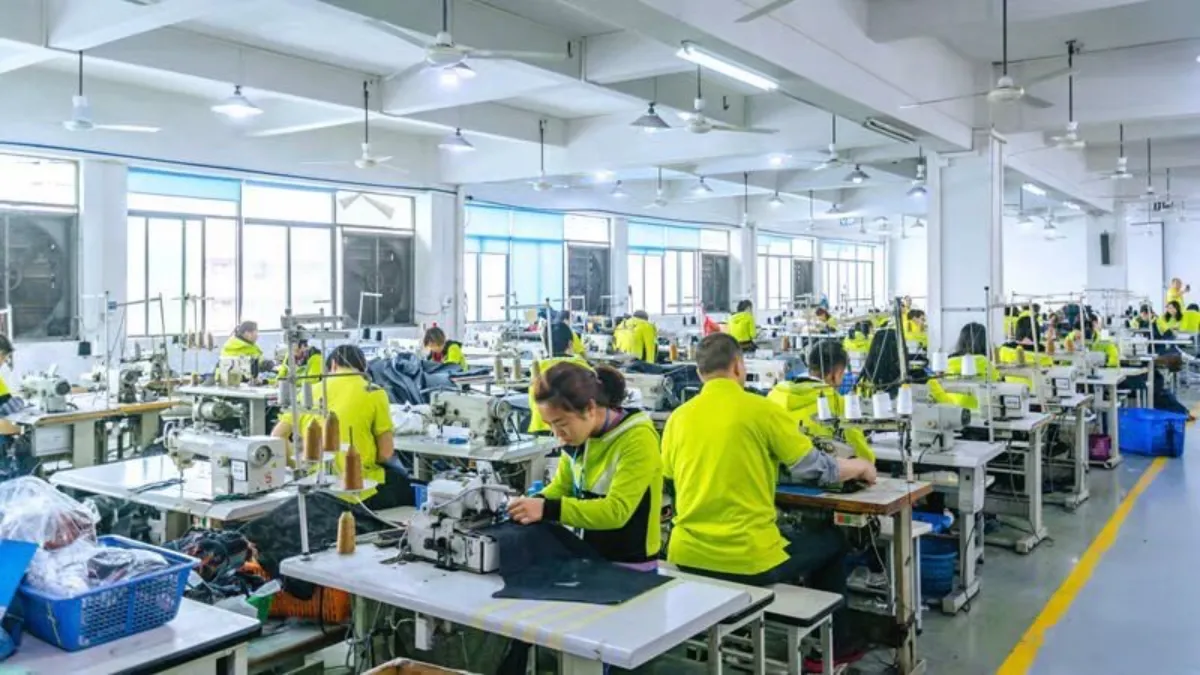A production calendar helps your denim brand stay on track from design to delivery. It gives you a clear view of each stage—sampling, production, and shipping—so you can plan resources and timelines accurately. With proper scheduling, you can avoid delays, maintain consistent quality, and communicate clearly with your factory partners. This guide explains how to build a realistic production calendar that supports smooth denim manufacturing and timely launches.
What You Need Before You Start

Before you start building your production calendar, you’ll need to gather a few essentials. Think of this as setting up your workspace—having everything in one place saves you from scrambling later when deadlines are tight.
Here’s what you’ll need:
- Project management software or spreadsheet templates for scheduling (Excel, Google Sheets, or specialized tools work great)
- List of key milestones: design, sourcing, sampling, production, shipping
- Supplier and factory lead time data (ask your partners directly—this is critical)
- Holiday and non-working day calendar (Chinese New Year can wipe out weeks if you’re not prepared)
- Team roles and contact information (who owns what, and how to reach them fast)
Once you’ve got these lined up, you’re ready to map out a timeline that actually works. Remember, sampling takes longer than most people expect—plan for multiple rounds and you’ll avoid the last-minute panic.
Step 1: Define Key Milestones and Deliverables
Before you can schedule anything, you need to see the full picture. Think of your production calendar as a roadmap—you can’t navigate if you don’t know the key stops along the way. Start by breaking down your entire apparel production lifecycle into distinct phases:
- Concept and design development
- Sampling and prototype approval
- Mass production and quality control
- Final packaging and shipping
Each milestone needs a clear deliverable—something tangible you can check off. For example, your sampling phase isn’t complete until you’ve approved the final prototype. These checkpoints keep your team accountable and give you visibility into what’s actually done versus what’s still in progress.
Here’s the part most brands miss: milestone dependencies. Your mass production can’t start until sampling is approved. Your shipping can’t happen until quality control signs off. Map out these dependencies early so you understand the natural order tasks must follow. This prevents costly delays and keeps everyone aligned on what needs to happen next.
Step 2: Allocate Realistic Timeframes and Buffers
You’ve got your tasks mapped out—now it’s time to get real about timing. This is where good planning separates smooth production from chaos. Don’t just guess at durations; base your estimates on past projects and direct feedback from your factory. Pay close attention to sampling—it’s where delays sneak up on you most often.
Build in buffer days everywhere, but especially around sampling stages. Samples rarely come back perfect on the first try, and you’ll need room for revisions. Think about external factors too:
- Shipping transit times between your office and the factory
- customs clearance windows (these can vary wildly)
- Holiday schedules in your factory’s country
- Peak season bottlenecks at freight forwarders
A good rule of thumb? Add 20-30% buffer time to your sampling phase and 10-15% to other critical milestones. It might feel excessive now, but when unexpected delays hit, you’ll be grateful for that cushion. Your timeline should be ambitious yet achievable—pushing your team forward without setting them up to fail.
Step 3: Assign Responsibilities and Coordinate Teams
A production calendar only works when everyone knows their role. Start by defining specific responsibilities across your entire operation. Who’s handling design iterations? Who’s managing vendor relationships? Who owns quality control checkpoints? Getting this right up front saves you from confusion and finger-pointing later.
Here’s where project management tools become your best friend. You’re not running a one-person show, so use platforms that let your team see the calendar, update task status, and flag issues in real time. This shared visibility keeps everyone aligned and makes collaboration feel natural instead of forced. When your sourcing team can see what the design team’s working on, they can prepare ahead instead of scrambling at the last minute.
Custom Denim Tailored to Your Brand’s Vision
Experience full control over your denim collection with seamless customization from fabric to finish. Partner with an integrated manufacturer driven by quality, sustainability, and flexibility, offering low MOQs and rapid style launches to keep your brand ahead.

Step 4: Use Visual Tools for Scheduling and Tracking
Once you’ve got your tasks mapped out and dependencies clear, it’s time to bring everything to life visually. This is where Gantt charts become your best friend. They let you see task durations, overlaps, and dependencies at a glance, so you can spot potential bottlenecks before they derail your timeline.
If you’re working in apparel production, consider adapting digital production board software originally designed for film scheduling. These tools are surprisingly flexible and can help you manage everything from sample approvals to bulk production runs. The key is finding a system that updates in real time and keeps everyone on the same page.
Step 5: Account for External Factors and Holidays
Start by marking every national holiday that shuts down your factory. Chinese New Year isn’t just a day off—it’s often a two-week pause that cascades through your entire supply chain. Your fabric suppliers close, your trim vendors disappear, and your QC team goes home. Plan for it, or watch your delivery date slip by weeks.
Customs clearance and international shipping aren’t predictable like your cutting room. Port congestion, documentation delays, and inspection holds can add days or weeks to your timeline. Smart brands add 7-10 extra days to their shipping windows, especially during peak seasons when every factory is trying to move containers.
Major trade shows, industry events, and regional festivals create bottlenecks you can’t ignore. When half your supplier base is at the same expo, expect slower responses and delayed shipments. Build cushion time around these events so you’re not scrambling when your dye house takes an extra week to process your order.
Step 6: Monitor Progress and Adjust Calendar
Your production calendar isn’t a static document—it’s a living tool that needs constant attention. Think of it as your command center: if you’re not checking it regularly, you’re flying blind. Set up weekly reviews where you and your team look at milestones together. Are you hitting your targets? If not, what’s causing the delay?
When problems pop up—and they will—don’t wait to address them. Maybe your sampling stage is taking longer than expected, or a supplier missed a deadline. Flag these issues immediately in your shared software and update the timeline. Your team needs to see the real picture, not the ideal one. Quick communication prevents small delays from becoming big disasters.
Here’s where you get smarter for next time: use feedback loops. After each production run, sit down with your team and ask what went wrong and what went right. Did you underestimate the time for testing? Were your buffer periods too tight? Take these lessons and build them into your next calendar. That’s how you move from guessing to knowing, and that’s how you start delivering on time, every time.
Expert Tips & Common Mistakes in Production Scheduling

Learning from others’ mistakes saves you time and money. Here are the most frequent scheduling pitfalls and how to sidestep them before they derail your production.
| Common Mistake | How to Avoid |
|---|---|
| Underestimating sampling time leading to delays | The sampling stage gets overlooked more than any other phase. Always plan for multiple sample rounds—at least two or three—and confirm timing with your factory upfront. Build in extra days because adjustments are inevitable, not optional. |
| Ignoring holiday impact on production | National holidays and factory shutdowns can cost you weeks if you’re not prepared. Mark all major holidays on your calendar early in the planning process and build buffer time around them. Your factory won’t produce during these periods, so plan accordingly. |
| Assigning unclear responsibilities | Confusion about who owns what task creates bottlenecks fast. Clearly define roles for every milestone and share the calendar with all stakeholders. Everyone should know exactly what they’re responsible for and when deliverables are due. |
| Not updating calendar regularly | A calendar that’s not updated is useless within days. Set routine check-ins—weekly or biweekly—to review progress and adjust timelines. This keeps your schedule accurate and lets you catch problems before they escalate. |
Frequently Asked Questions About Production Calendars
What is the typical duration for apparel production from design to shipping?
Most apparel production runs 4-6 months from initial design to final shipment. This includes sampling (6-8 weeks), bulk production (4-8 weeks), and quality control, but you’ll want to add buffer time for revisions.
How should brands account for shipping time in the calendar?
Always add 4-6 weeks for ocean freight or 5-7 days for air freight to your production timeline. Don’t forget to include customs clearance (3-5 days) and inland transportation to your warehouse.
How does Chinese New Year affect production timelines?
Chinese New Year typically shuts down factories for 2-3 weeks in late January or early February. Plan to finish production at least one month before the holiday, as factories slow down weeks in advance and ramp up slowly after.
What exactly is a ‘Time and Action’ calendar?
A Time and Action calendar is your production roadmap—it lists every task, deadline, and responsible party from design approval through delivery. It keeps your entire team aligned and helps you spot potential delays before they derail your launch.
What are effective ways to accelerate production without sacrificing quality?
Approve samples quickly, keep your design changes minimal after production starts, and maintain clear communication with your factory. Pre-ordering materials and running quality checks during production—not just at the end—can shave weeks off your timeline.
Your Path Forward

If you’re looking to turn your plan into action, Changhong can help bring your denim calendar to life. As an experienced jeans manufacturer, we work closely with brands to align production timelines, manage sampling efficiently, and ensure consistent quality from start to finish.
Whether you’re developing your first collection or optimizing an existing one, our team provides flexible production options, low MOQs, and on-time delivery tailored to your schedule.
👉 Start your next denim project with confidence—contact Changhong today to discuss your timeline and production needs.






